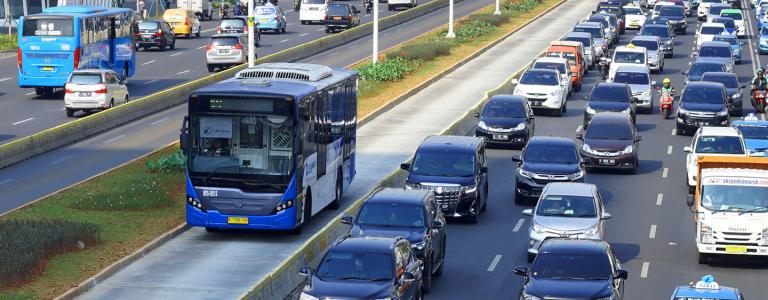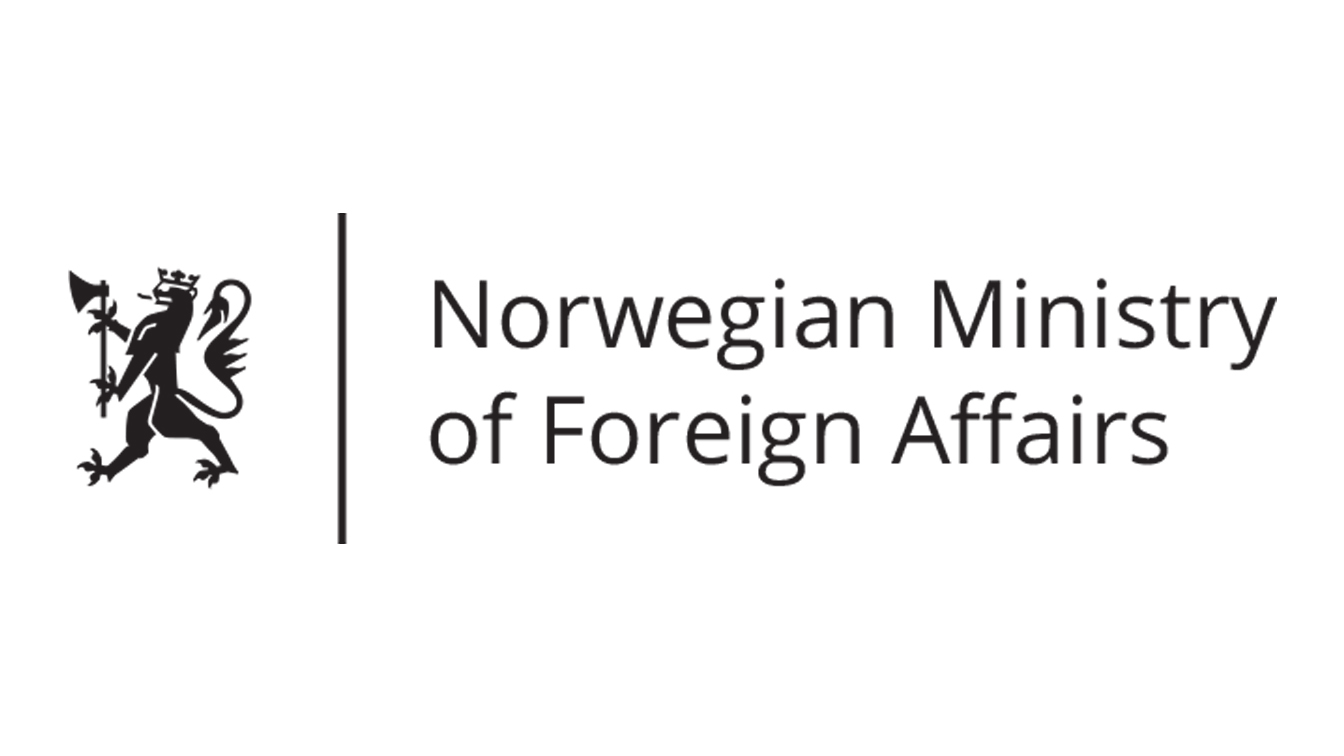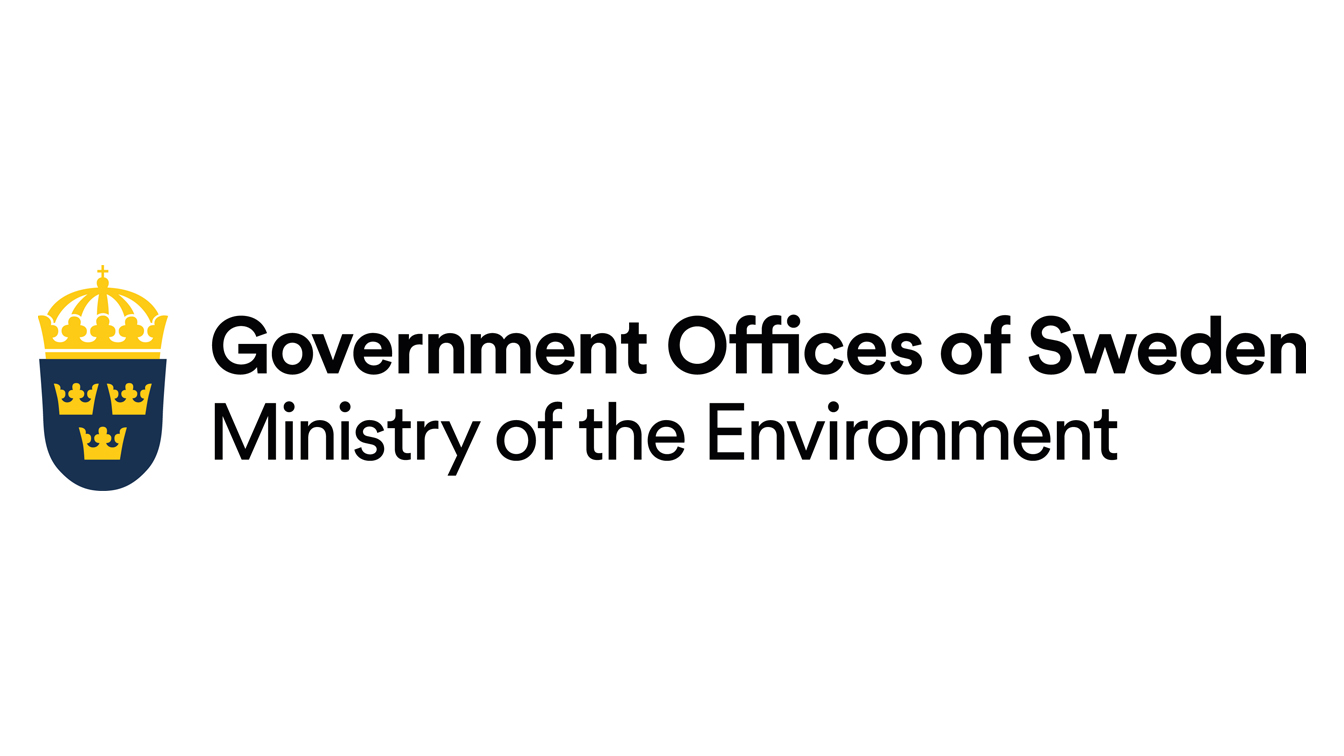The Road to Sustainable Transport
Still Only One Earth: Lessons from 50 years of UN sustainable development policy
Transport is at the center of many economic and social development challenges, accounting for about 64% of global oil consumption, 27% of all energy use, and 23% of the world’s energy-related carbon dioxide emissions. Rethinking and revamping transit in the post-COVID era by implementing structural changes would go a long way toward reinforcing some of the positive impacts on emission levels and air quality created by efforts to curb the pandemic. (Download PDF) (See all policy briefs) (Subscribe to ENB)
Transport is at the center of many economic and social development challenges, accounting for about 64% of global oil consumption, 27% of all energy use, and 23% of the world’s energy-related carbon dioxide emissions. Rethinking and revamping transit in the post-COVID era by implementing structural changes would go a long way toward reinforcing some of the positive impacts on emission levels and air quality created by efforts to curb the pandemic.
Developing a sustainable transport network to serve a city of 10 million people and a greater metropolitan area of more than 30 million might seem insurmountable. But the city of Jakarta, Indonesia, has undertaken this daunting task. In October 2020, it became the first Southeast Asian city to win the Sustainable Transport Award for its integrated public transportation system. Transjakarta, the city’s bus rapid transit (BRT) system, reached a milestone of serving one million passengers per day in February 2020 (ITDP, 2020). Opened in 2004, Transjakarta is the longest BRT system in the world, spanning more than 250 km (155 miles), with dedicated bus lanes that carry passengers around the city (ICCT, 2020). It also connects to smaller vehicles, including local buses and informal microbuses, allowing the system to serve a larger region and more residential areas that are inaccessible by BRT alone.
BRT systems provide metro-level services through dedicated lanes, with busways and stations typically aligned to the center of the road, off-board fare collection, and fast and frequent operations (ITDP, 2020). They are more reliable, convenient, and faster than regular bus services, and avoid traffic congestion and long lines to pay fares. But sustainable transport encompasses much more.
Transport is a crucial driver of economic and social development. Transport infrastructure connects people to jobs, education, health care, and each other. Transport enables global trade. Rural roads, for example, can help prevent maternal deaths through timely access to medical care, boost girls’ enrollment in school, and increase and diversify farmers’ income by connecting them to markets (World Bank, 2019).
At the same time, transportation produces emissions that contribute to air pollution and climate change. Its infrastructure has serious impacts on ecosystems. Transport accounts for about 64% of global oil consumption, 27% of all energy use, and 23% of the world’s energy-related carbon dioxide (CO2) emissions. Each year, almost 185,000 deaths can be directly attributed to vehicular pollution. More than 1.25 million people are killed and up to 50 million are injured on the world’s roads every year (World Bank, 2019).
Transport is at the center of many economic and social development challenges, but, as the Jakarta example illustrates, it can be more sustainable.
The UN Secretary-General’s High-Level Advisory Group on Sustainable Transport defines sustainable transport as “the provision of services and infrastructure for the mobility of people and goods—advancing economic and social development to benefit today’s and future generations—in a manner that is safe, affordable, accessible, efficient, and resilient, while minimizing carbon and other emissions and environmental impacts” (HLAG-ST, 2016, p.10). Sustainable transport includes public transportation, such as electric buses and trains and BRT systems that can carry people far more efficiently than cars. Notably, while electric cars pollute less and reduce individual carbon footprints, they do not reduce congestion. They still “require roads and parking spaces, are susceptible to crashes, and contribute to a dispersed and unhealthy landscape” (Blue, 2013). Other modes, such as cycling and walking, have the additional advantage of improving well-being through physical activity.
Fifty Years of Urbanization and Growing Transport Needs
When the UN Conference on the Human Environment (Stockholm Conference) convened in 1972, the world’s population was around 3.8 billion. Today, the world’s population has more than doubled to 7.8 billion, with a projected increase to 9.9 billion by 2050 (PRB, 2020). Currently, more than 55% of the world’s population lives in urban areas. Urbanization and an increase in the global population could add another 2.5 billion people to urban areas by 2050, with close to 90% of this increase in Asia and Africa (UNDESA, 2018). Not surprisingly, predictions indicate transportation will double between 2005 and 2050, with vehicle numbers increasing three- or four-fold, particularly in developing countries. These numbers point to the importance of transportation systems that can service the needs of hundreds of thousands if not millions of people per day, who commute for work, school, commerce, and other reasons. However, moving so many people is no easy feat, especially in a sustainable manner.
Transport is not an end in itself but rather a means allowing people to access what they need: jobs, markets and goods, social interaction, education, and a full range of other services contributing to healthy and fulfilled lives.
Simultaneously tackling the environment, public health, and equity issues is even more of a challenge. Transportation represents the largest end-use of energy in developed countries and the fastest growing one in most developing countries. It is also the fastest growing source of energy-related greenhouse gas (GHG) emissions in the world. In addition, it is responsible for around a quarter of global CO2 emissions, 72% of which come from cars and other road vehicles. From 1970 to 2010, such vehicles were responsible for 80% of the increase in emissions (Ge & Wang, 2019). Over 90% of the fuel used for transportation is petroleum based, primarily gasoline and diesel.
But transportation infrastructure varies greatly in regions around the world and even within individual countries. In most of the developed world, people have multiple transport options, although they are not always available in an equitable or environmentally sensitive manner. In the developing world, the demand for mobility for people and goods grows significantly every year. Yet, an estimated one billion people in low-income countries still lack access to all-weather roads. And the poor often lack reliable and affordable public transportation (HLAG-ST, 2016, p.10).
From Stockholm to the SDGs: Sustainable Transport in the International Arena
The need for reliable and sustainable transportation has been on the international agenda for the past fifty years. The 1972 Stockholm Plan of Action highlighted the need for alternatives to meet rapidly increasing urban transportation demands, including mass transport systems and services. However, it was not until the 1992 UN Conference on Environment and Development (Earth Summit) in Rio de Janeiro that world leaders acknowledged the role of transport in sustainable development. While highlighting the sector’s essential role in economic and social development, Agenda 21—one of the Summit’s main outcomes—also emphasized transport’s contribution to atmospheric emissions and the need for “more effective design and management of traffic and transport systems” (paragraph 9.13).
In 1997, during the five-year review of Agenda 21 implementation, the UN General Assembly expected transportation to be the major driving force behind growing global demand for energy over the next 20 years. Five years later, at the 2002 World Summit on Sustainable Development, the resulting Johannesburg Plan of Implementation provided multiple reference points for sustainable transport, in the context of infrastructure, public transport systems, delivery of goods, affordability, efficiency and convenience, improving urban air quality and health, and reducing emissions.
Ten years later, national governments went further and recognized the centrality of transportation and mobility to sustainable development. The Future We Want—the outcome document adopted at the 2012 UN Conference on Sustainable Development (Rio+20)—stated sustainable transport can improve economic growth and integration, the environment, social equity and accessibility, public health, urban resilience, urban-rural linkages, and rural area productivity. Governments supported the development of sustainable transport systems, including energy-efficient multimodal transport systems, notably public mass transportation systems, and clean fuels and vehicles.
In 2014, UN Secretary-General Ban Ki-moon launched the High-Level Advisory Group on Sustainable Transport to develop recommendations to address increasing congestion and pollution, particularly in urban areas. The Group published its recommendations in a report, Mobilizing Sustainable Transport for Development, released at the first Global Sustainable Transport Conference in Ashgabat, Turkmenistan, in 2016. The Conference emphasized the integrated and cross-cutting nature of sustainable transport and its multiple roles in supporting achievement of the Sustainable Development Goals (SDGs). Five SDG targets are directly related to the transport sector, addressing road safety (target 3.6), energy efficiency (target 7.3), sustainable infrastructure (target 9.1), urban access (target 11.2), and fossil fuel subsidies (target 12.c). Many others are indirectly related.
The New Urban Agenda, agreed to at the UN Conference on Housing and Sustainable Urban Development (Habitat III) in 2016, also includes a commitment to encourage urban-rural interactions and connectivity by strengthening sustainable transport and mobility.
Has Progress Been Made?
Despite the rise of sustainable transportation on the global agenda, the 2020 UN Sustainable Development Goals Report states only half the world’s urban population has convenient access to public transportation, according to 2019 data from 610 cities in 95 countries. The report measures access as the share of the population within 500 metres walking distance of low-capacity transport systems (buses and trams) and 1,000 metres distance to high-capacity systems (trains, subways, and ferries). To compensate, many cities have resorted to and have a high prevalence of informal transport systems, which often lack consistency and safety features.
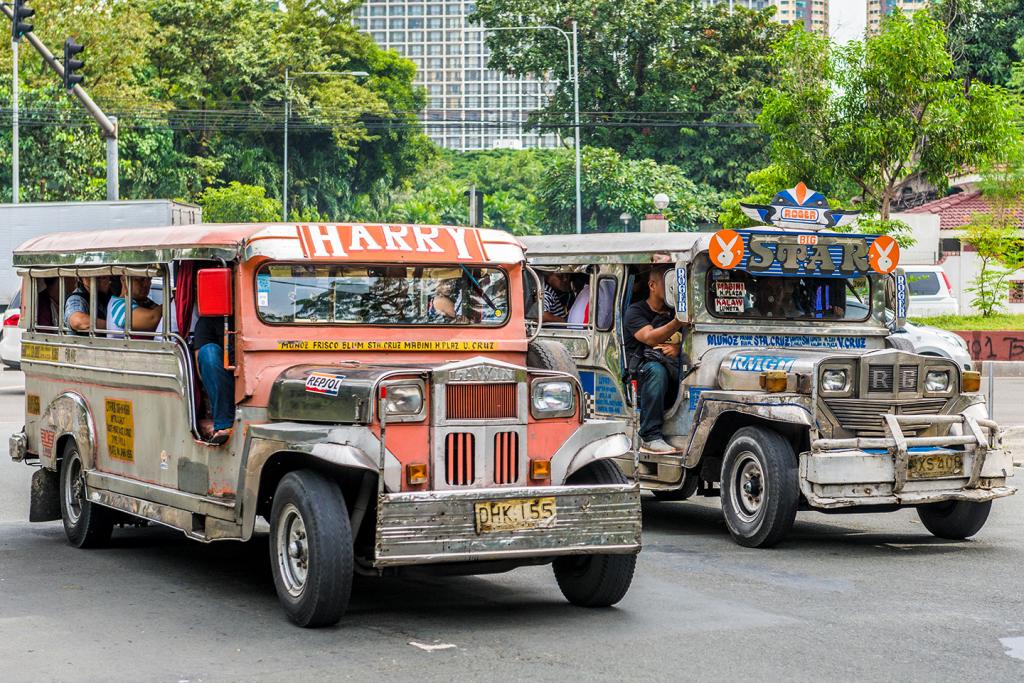
Yet, some progress has been made. Share the Road, a United Nations Environment Programme-led initiative launched in 2008, advocates for investments in walking and cycling infrastructure, including links to public transport systems. The initiative has promoted non-motorized transport programmes in Mexico, Brazil, Ghana, Nigeria, Zambia, Ethiopia, Kenya, Rwanda, Burundi, Uganda, and Indonesia. It also collaborated with the Institute for Transportation and Development Policy (ITDP) to create a toolkit for developing non-motorized policies and strategies (FIA Foundation, 2020).
Other advances include creating more “walkable cities.” In Buenos Aires, a road that once had 20 traffic lanes now dedicates the center of the road to buses. When the city made the change a few years ago, commute times shrank dramatically. Buses also no longer needed to use crowded side streets, which freed up around 100 blocks for pedestrian-priority zones where cars are restricted (Peters, 2019). Similarly, in Cuenca, Ecuador, the city’s historic center is being transformed with specific pedestrian and prioritized public transportation access. In Coimbatore, India, and Lisbon, Portugal, pedestrians and cyclists have priority access, with a shift away from a car-orientated society toward an increased focus on pedestrians. Guangzhou, China, has a new 500 km (311 miles) greenway for pedestrians and cyclists (ITDP, 2020).
Cycling has been a major focus in many cities, from the implementation of bike share programmes, to increasing bike lanes and bike parking. Niterói in Rio de Janeiro, Brazil, Frankfurt, Germany, and Guatemala City, Guatemala, are investing in cycling infrastructure. Kampala, Uganda, and Windhoek, Namibia, have established bike share systems to support social advancement, particularly for the poor. Many cities view improvements in cycling and pedestrian spaces as going hand-in-hand. For example, Lviv, Ukraine, has enacted a complete street design, which improved cycle lanes to such an extent public transit users have stopped driving to bus stations (ITDP, 2020).
The Partnership for Clean Fuels and Vehicles (PCFV) coordinates programmes to reduce vehicular and road transport emissions in developing countries by promoting cleaner fuels and vehicles. When the PCFV was launched at the World Summit on Sustainable Development in 2002, most developing and transitional countries were still using leaded fuel. Today, only six use leaded fuel.
In Egypt, a Vehicle Scrapping and Recycling Program enabled taxi owners to voluntarily turn in their outdated, high-polluting vehicles for managed scrapping and recycling in exchange for new, more environmentally friendly vehicles. The new taxis were purchased from pre-registered vehicle dealers at a discounted price and with financing facilities. By the end of 2018, around 45,000 taxis had been turned in, scrapped, and recycled in Cairo alone, resulting in emission reductions of approximately 350,000 tonnes (World Bank, 2018).
According to the International Energy Agency (IEA), electric micromobility options are also rapidly expanding, with shared electric scooters, electric-assist bicycles, and electric mopeds now available in over 600 cities across more than 50 countries. An estimated 350 million electric two/three-wheelers, the majority of which are in China, make up 25% of those in circulation worldwide. Many Chinese cities have banned two-wheelers with internal combustion engines.
A COVID Silver Lining?
The COVID-19 pandemic presents a unique opportunity to transform transportation systems. Response and recovery efforts, including stimulus packages to restart economies harmed by global lockdowns, could improve both the environment and human health if they are aligned with low carbon development pathways.
Pandemic-related travel restrictions temporarily led to emission reductions and improved air quality in some areas prone to heavy smog and air pollution. For example, New Delhi, India, one of the world’s most polluted cities, saw some of the cleanest air in decades. Air quality index (AQI) levels regularly fell below 20 during the initial lockdown phase in March and April, due to a decrease in cars on roads and factories shuttering. Normally, AQI levels in Delhi reach 200 on good days, and more than 500 during high pollution months from October to December (Ellis-Peterson, H., 2020). The AQI shows changes in the amount of pollution in the air, with higher numbers indicating greater pollution and more negative health impacts.
Rethinking and revamping transit in the post-COVID era by implementing structural changes would go a long way toward reinforcing some of the positive impacts on emission levels and air quality fostered by efforts to curb the pandemic. Several European cities have already used the lockdowns as an opportunity to adopt more sustainable transport strategies for their residents. They have closed streets to cars, created pedestrian malls, and expanded bicycle lanes to help people maintain physical distance while commuting during the crisis, and to enhance post-pandemic economic activity and quality of life.
I don’t want people to say ‘Oh, environmentalists are celebrating this lockdown’: We are not. This is not the solution. But whatever the new normal is post-COVID-19, we have to make sure we take this breath of fresh air and think about the serious efforts we need to deal with pollution in Delhi.
In Milan and the surrounding Lombardy region, motor traffic congestion dropped by 30-75% during Italy’s lockdown. The city responded by transforming 35 km (22 miles) of streets with expanded bicycle lanes and widened sidewalks so residents could social distance (Laker, 2020). Since the beginning of the COVID recovery phase, European cities and national governments have allocated at least EUR 823 million to active mobility and announced more than 1,200 km of cycling infrastructure, including in Brussels and Paris (Chini, 2020).
Cities in developing countries have also risen to the challenge. In March, Bogotá, Colombia, established an 84 km emergency bike network for essential workers (Jarmarillo, 2020). Jakarta is planning a 500 km cycling network, the first 63 km of which are already in place. As in many cities around the world, cycling in Jakarta has grown during the pandemic, increasing by 500% citywide during the summer and by 1000% in high-volume travel areas (Oktavianti, 2020).
Maintaining the Momentum
Despite these accomplishments, more must be done. At the national level, for example, government subsidies should go toward sustainable transport systems instead of fossil fuels. The Energy Policy Tracker provides up-to-date information about policy responses to COVID-19 from a climate and energy perspective and tracks public financing for energy in recovery packages. However, it shows that 30 major economies still pledged around USD 268 billion to fossil fuels, 47% of all public money committed to energy-intensive sectors compared to 35% for clean energy. Notably, China, as of January 2021, had committed five times more money to clean energy than to fossil fuels. China, which prioritized electrification of its public transit with subsidies and national regulations, has more than 400,000 electric buses, about 99% of the world’s total (Margolis, 2019). The multitude and breadth of innovations is encouraging for the future of sustainable transport. Electric vehicles could further expand with the addition of charging stations. However, many developing countries still need access to reliable electricity sources for this low-carbon option to really take off.
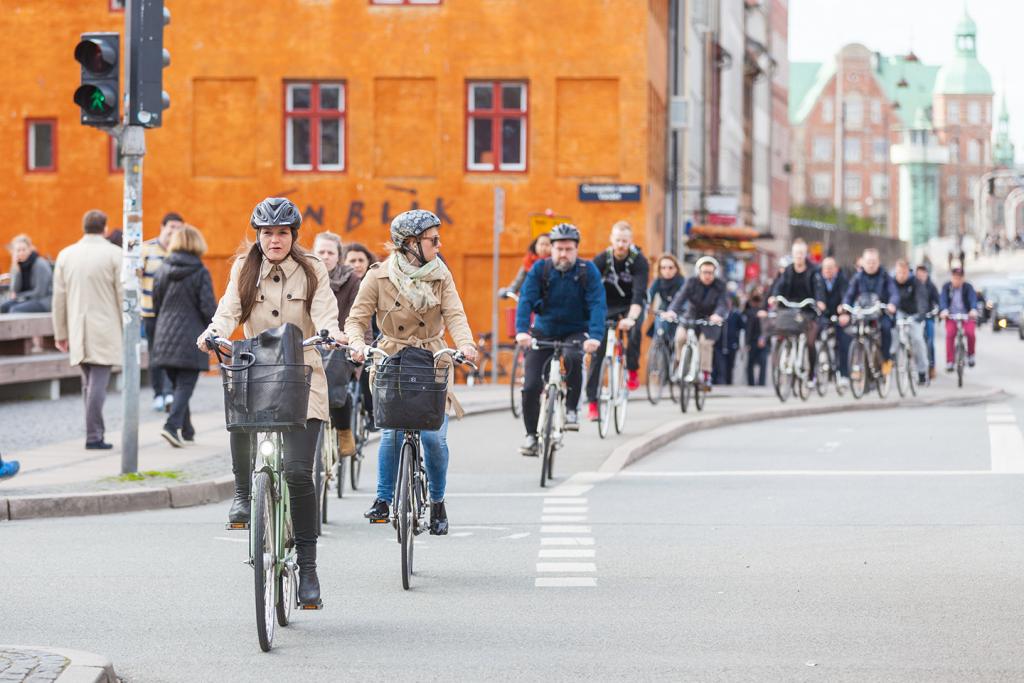
Electric vehicles can also reduce emissions in heavy-duty trucks, aviation, and shipping. The IEA reports global sales of electric trucks hit a record in 2019 with over 6,000 units. Research on dynamic charging concepts may enable expansion of the range of operations for heavy-duty and long-distance operations for regional buses and long-haul trucking. Electrification of shipping operations at ports is increasingly common and is gradually mandated by legislation in Europe, China, and some parts of the United States. In aviation, the electrification of airport ground operations offers potential for emission reductions and operational cost savings.
The COVID-19 pandemic has highlighted what is possible. Transforming mindsets is the first step. As Enrique Peñalosa, former Mayor of Bogotá, once said: “A developed country is not a place where the poor have cars. It’s where the rich use public transportation.”
Works Consulted
Blue, E. (2013). Bikenomics: How bicycling can save the economy, 2nd ed. Microcosm Publishing.
Chini, M. (2020). Lockdown: Brussels in European top 3 for pro-cycling plans. The Brussels Times. https://www.brusselstimes.com/brussels/117107/lockdown-brussels-in-european-top-3-for-pro-cycling-plans/
Ellis-Petersen, H., Ratcliffe, R., Cowie, S., Daniels, J.P., & Kuo, L. (2020). ‘It’s positively alpine!’: Disbelief in big cities as air pollution falls. The Guardian. https://www.theguardian.com/environment/2020/apr/11/positively-alpine-disbelief-air-pollution-falls-lockdown-coronavirus
FIA Foundation. (2020). Investing in people who walk and cycle: Share the Road Programme annual report 2019. http://airqualityandmobility.org/STR/STR_AnnualReport2019.pdf
Ge, M., & Wang, S. (2019). Everything you need to know about the fastest-growing source of global emissions: Transport. World Resources Institute Blog. https://www.wri.org/blog/2019/10/everything-you-need-know-about-fastest-growing-source-global-emissions-transport
Institute for Transportation and Development Policy. (2020). STA receives record number of applicant cities for 2021 award. https://www.itdp.org/2020/10/02/sta-receives-record-number-of-applicant-cities/
Jarmarillo, A. (2020). Bogotá is building its future around bikes. Bloomberg. https://www.bloomberg.com/news/articles/2020-08-10/to-tame-traffic-bogot-bets-big-on-bike-lanes
Laker, L. (2020). Milan announces ambitious scheme to reduce car use after lockdown. The Guardian. https://www.theguardian.com/world/2020/apr/21/milan-seeks-to-prevent-post-crisis-return-of-traffic-pollution
Margolis, J. (2019). China dominates the electric bus market, but the US is getting on board. The World. https://www.pri.org/stories/2019-10-08/china-dominates-electric-bus-market-us-getting-board
Oktavianti, T.I. (2020). Jakartans turn to bicycles to commute in ‘new normal.’ Jakarta Post. https://www.thejakartapost.com/news/2020/06/14/jakartans-turns-to-bicycles-to-commute-in-new-normal.html
Peters, A. (2019). These 8 cities are taking bold steps to get rid of cars. Fast Company. https://www.fastcompany.com/90321627/these-8-cities-are-taking-bold-steps-to-get-rid-of-cars
Population Reference Bureau. (2020). 2020 world population data sheet. https://www.prb.org/2020-world-population-data-sheet/
UN Department of Economic and Social Affairs. (2018). 68% of the world population projected to live in urban areas by 2050, says UN. Press Release. https://www.un.org/development/desa/en/news/population/2018-revision-of-world-urbanization-prospects.html
UN Secretary-General’s High-Level Advisory Group on Sustainable Transport. (2016). Mobilizing sustainable transport for development. https://sustainabledevelopment.un.org/content/documents/2375Mobilizing%20Sustainable%20Transport.pdf
UNEP. (2017). Why does partnership for clean fuels and vehicles matter? https://www.unenvironment.org/explore-topics/transport/what-we-do/partnership-clean-fuels-and-vehicles/why-does-partnership-clean
World Bank. (2018). Egypt: Scrapping and recycling old vehicles to lower pollution and improve livelihoods. https://www.worldbank.org/en/news/feature/2018/10/25/egypt-scrapping-and-recycling-old-vehicles-to-lower-pollution-and-improve-livelihoods
World Bank. (2019). Transport: Overview. https://www.worldbank.org/en/topic/transport/overview#1
Additional downloads
You might also be interested in
Unlocking Supply Chains for Localizing Electric Vehicle Battery Production in India
This study aims to highlight the key supply chain barriers in localizing electric vehicle (EV) battery cell manufacturing in India. It summarizes consultations with 12 companies, as well as experts and policy-makers, to determine the crucial challenges and opportunities in localizing battery manufacturing in India.
December 2024 | Carbon Minefields Oil and Gas Exploration Monitor
In November 2024, 23 oil and gas exploration licences were awarded across five countries, with Russia granting the licences that account for the largest portion of embodied emissions.
The Role of Multilateral Development Banks for Low-Carbon Procurement in the Infrastructure Sector
This report examines the critical role of multilateral development banks (MDBs) in advancing low-carbon procurement within the infrastructure sector.
Artisanal and Small-Scale Mining of Critical Minerals
This report examines the potential for artisanal and small-scale mining (ASM) to take an expanded role in the global supply of critical minerals.
